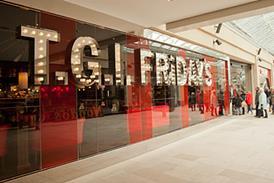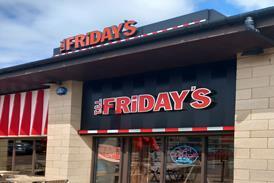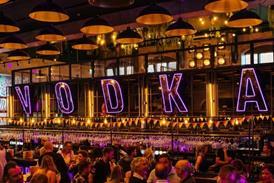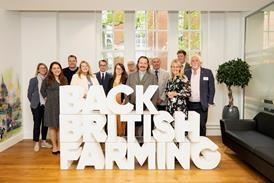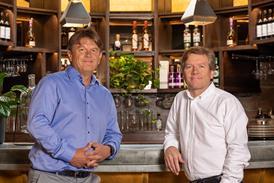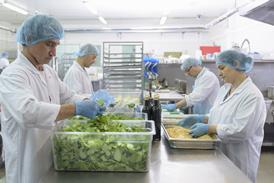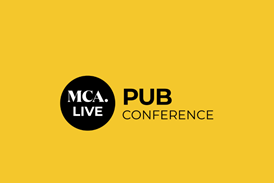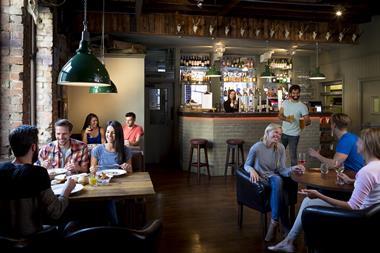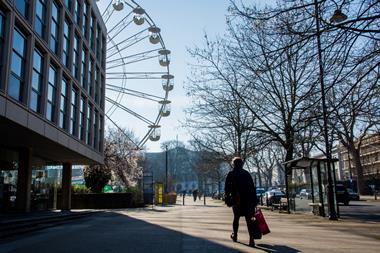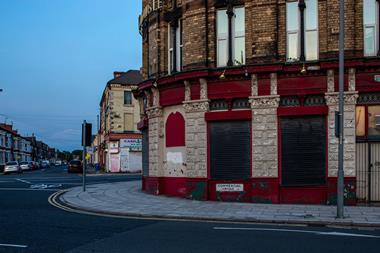Latest figures on growth in the UK eating and drinking out sector have highlighted the contrasting pictures between inner and outer London.
The quarterly Market Growth Monitor from CGA and AlixPartners showed a nationwide drop of 0.3% in licensed premises – to 122,221 licensed premises at December 2017.
However, analysis of the situation in the capital showed a 0.6% rise in licensed premises over the past 12 months in inner London, compared with a 1.9% drop in outer London. Looking at the change over a five-year period numbers were up 7% and 0.7% respectively.
The monitor showed that throughout the country, the high street continues to outpace suburbs, with year-on-year growth of 0.2% in the former and a 0.8% drop in the latter, while rural licensed premises were down 0.2%. Since 2012, the figures are +3.9%, -5.4% and -2% respectively.
While there have been numerous negative headlines around casual dining closures of late, the monitor shows that many restaurant brands remain in growth – with the total up 0.6% in the year to December (to 27,312).
The monitor shows a 1.7% drop in the number of pubs and bars across the country year-on-year, to 50,666, a number that has decreased 10.3% over the past five years. The number of food-led pubs has declined by 1.3% over the past year, although since 2012 there has been an increase of 4.7%.
Other trends noted in the report included growth in the North West, with the Granada region increasing its number of food-led licensed premises by 2.9% in the year to December 2017.
AlixPartners managing director Graeme Smith said: “With some casual dining operators announcing restaurant closures at the start of 2018, there has been much talk of over-supply in many of Britain’s cities and towns. But where exactly is supply exceeding demand? With consumer habits changing so fast, it can be hard to tell — but Market Growth Monitor tables show some of the places that have been particular targets for new openings in the last five years.
“Top of the list is Solihull, where the Touchwood retail centre has been a magnet for casual dining brands. Second and third are Milton Keynes and Chelmsford—both towns in which closures have announced recently. Milton Keynes has around 28% more food-led licensed premises than it did a year ago, and may well be at risk of saturation—though its popularity as a place to live among professionals and young families continues to increase. Darlington, Shrewsbury and Loughborough have also seen a steep rise in new restaurants—although it could be argued that these towns were previously badly under-served by operators,” he added.
“At the other end of the spectrum, Oldham, Wrexham, Rotherham and St Helens have all seen a double-digit fall in licensed premises in the last five years. In all cases, most closures have been pubs rather than restaurants. For all brands, selecting the right towns for openings will be more important than ever.”
CGA vice president Peter Martin added: “2018 is shaping up into a tough year for pub, bar and restaurant operators, and CGA’s Business Leaders’ Survey suggests we may not have seen the last of closures from some of our biggest casual dining brands.
“Operators are reining in expansion plans and are predicting an increase in business failures. But our latest Market Growth Monitor is a reminder of the underlying strength of the sector despite the perfect storm of challenges that has been whipped up. People are still going out to eat and drink, and operators who can deliver value for experience and select the right locations for their new openings can still thrive.”


